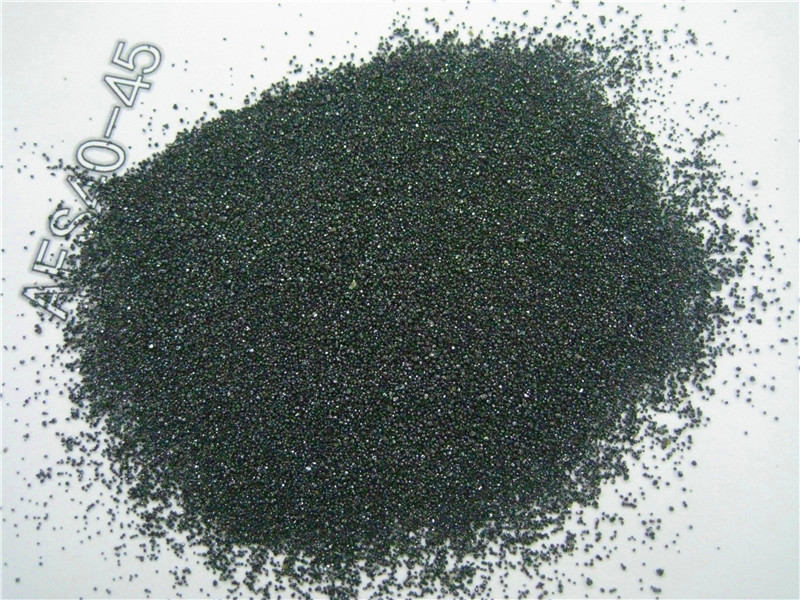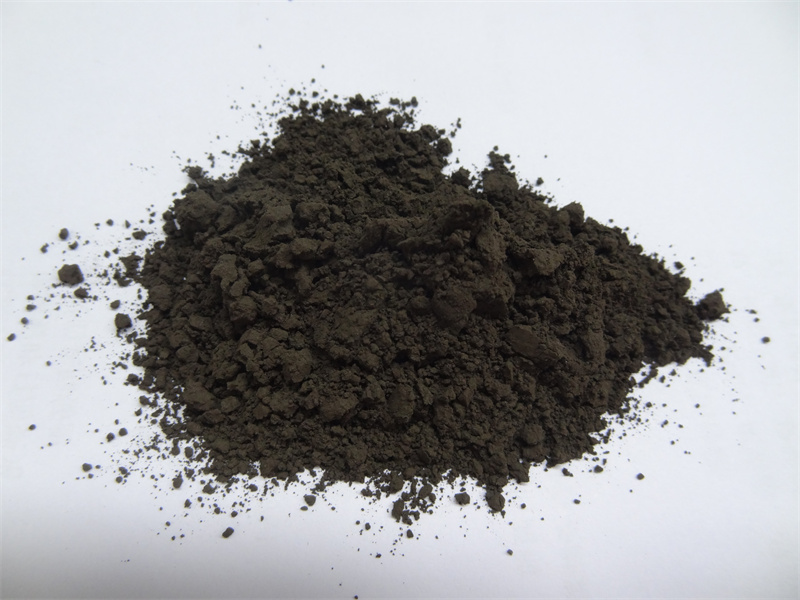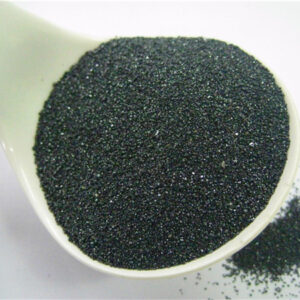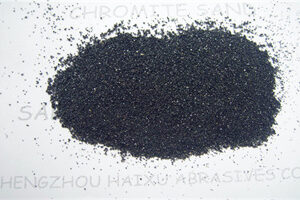Specific uses of chromite sand and chromite flour


The specific uses of chromite sand and chromite flour cover multiple fields such as metallurgy, casting, chemical industry and refractory materials. The following is a summary of its core application:
1. Metallurgical industry
Production of ferrochrome alloy
Chromite flour is smelted with raw materials such as coke and silica to form ferrochrome alloy, which is used to improve the strength, wear resistance and corrosion resistance of steel during steelmaking.
Extracting metallic chromium
Metallic chromium is produced through chemical reduction reaction and used in electroplating process or manufacturing high-performance materials such as stainless steel and alloy steel.
2. Casting field
Preventing sand adhesion defects
Chromite sand is used as casting surface sand or coating aggregate, and its solid-phase sintering characteristics are used to prevent molten metal from penetrating and avoid sand adhesion on the surface of castings.
Increase cooling rate
The high thermal conductivity makes it a substitute for cold iron, accelerates the solidification of castings, and reduces defects such as shrinkage cavities and cracks.
Improve refractory properties
After grinding, it is used as a coating additive to enhance the high temperature resistance and slag erosion resistance of the casting.
3. Refractory materials and ceramic/glass industry
Manufacturing refractory products
Using high melting point (about 2150℃) and thermal shock resistance, magnesia-chrome refractory bricks, amorphous refractory castables, etc. are produced.
As high-temperature pigments
Chromite flour containing Cr₂O₃ is used as ceramic glaze and glass colorant, which can withstand high-temperature sintering and has stable color.
4. Chemical industry and environmental protection
Production of chromium compounds
Processed into potassium dichromate, chromic anhydride, etc., used as oxidants, catalysts and mordants.
Wastewater treatment adsorbent
Remove heavy metal ions and organic pollutants from wastewater through adsorption.
5. Other special fields
Friction material manufacturing
High hardness and wear resistance are suitable for braking parts such as automobile brake pads.
High-temperature component production
Used in high-temperature alloy or mold manufacturing in the fields of aerospace and petrochemicals.
Performance supports core uses
The application of chromite sand/flour is based on its characteristics: high Cr₂O₃ content (usually ≥46%), excellent thermodynamic stability, strong refractoriness and resistance to alkaline slag corrosion.




















